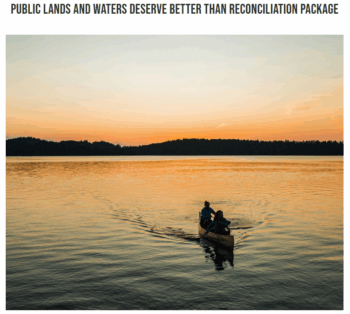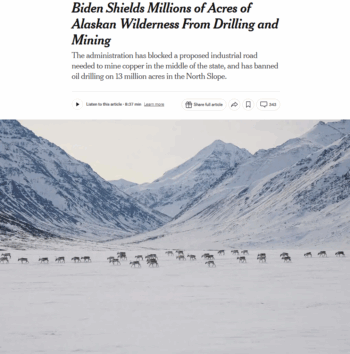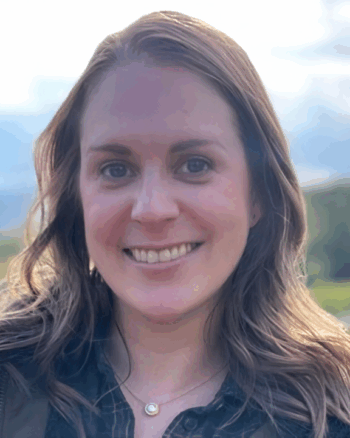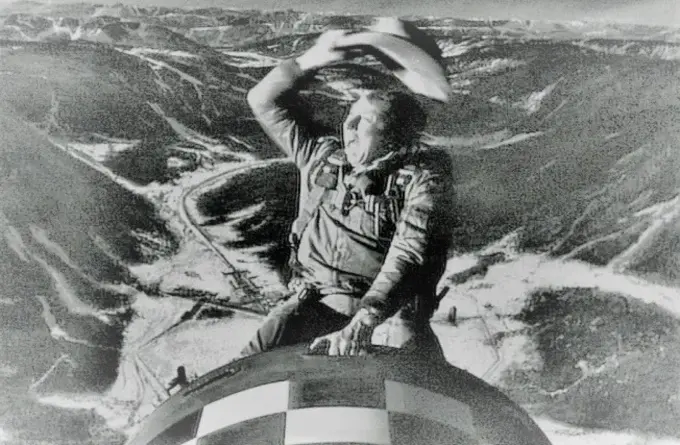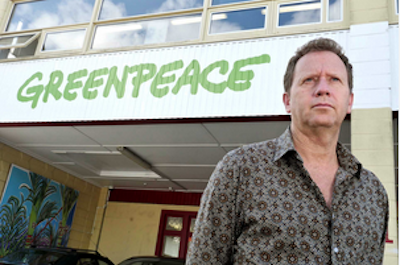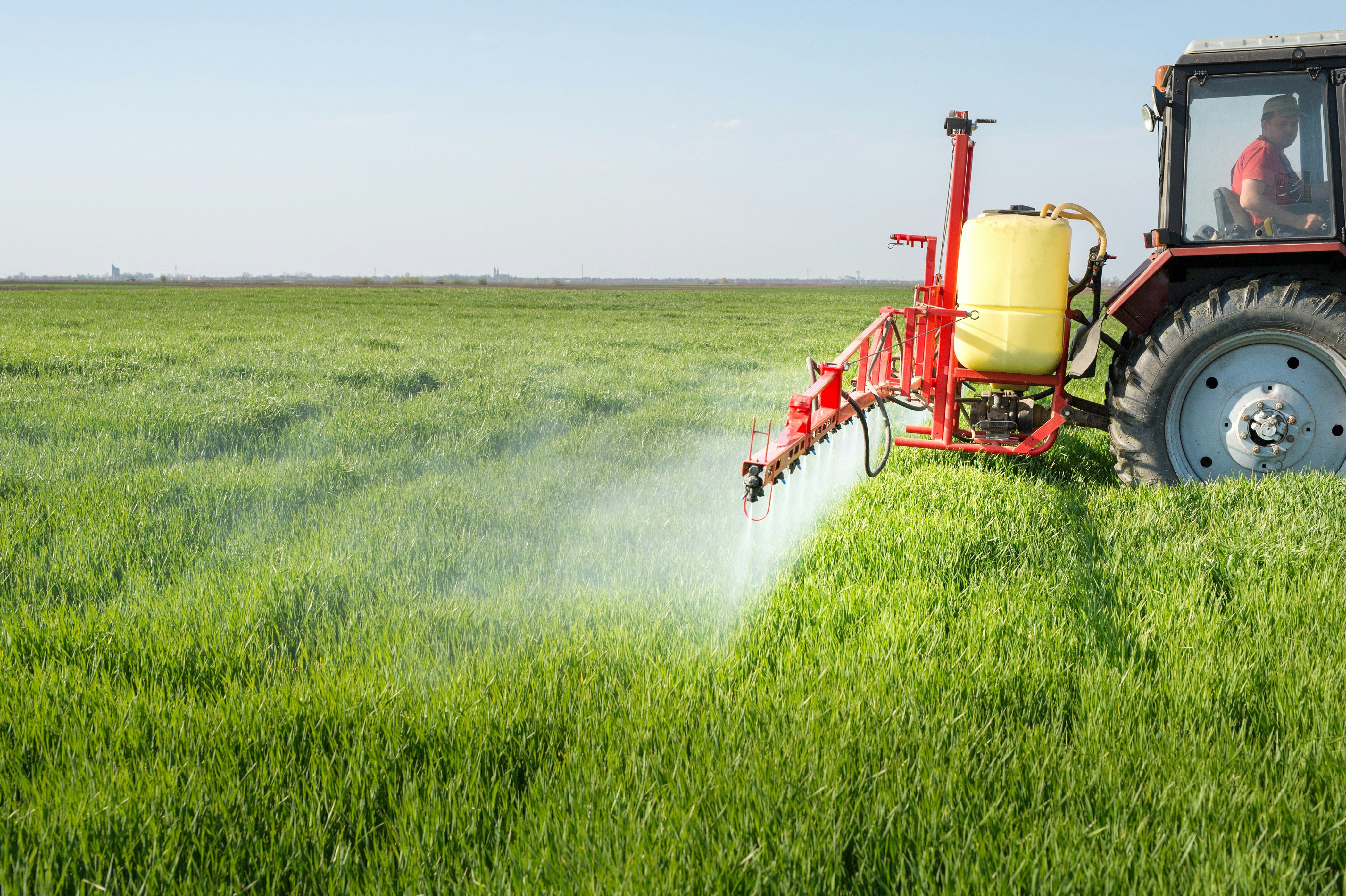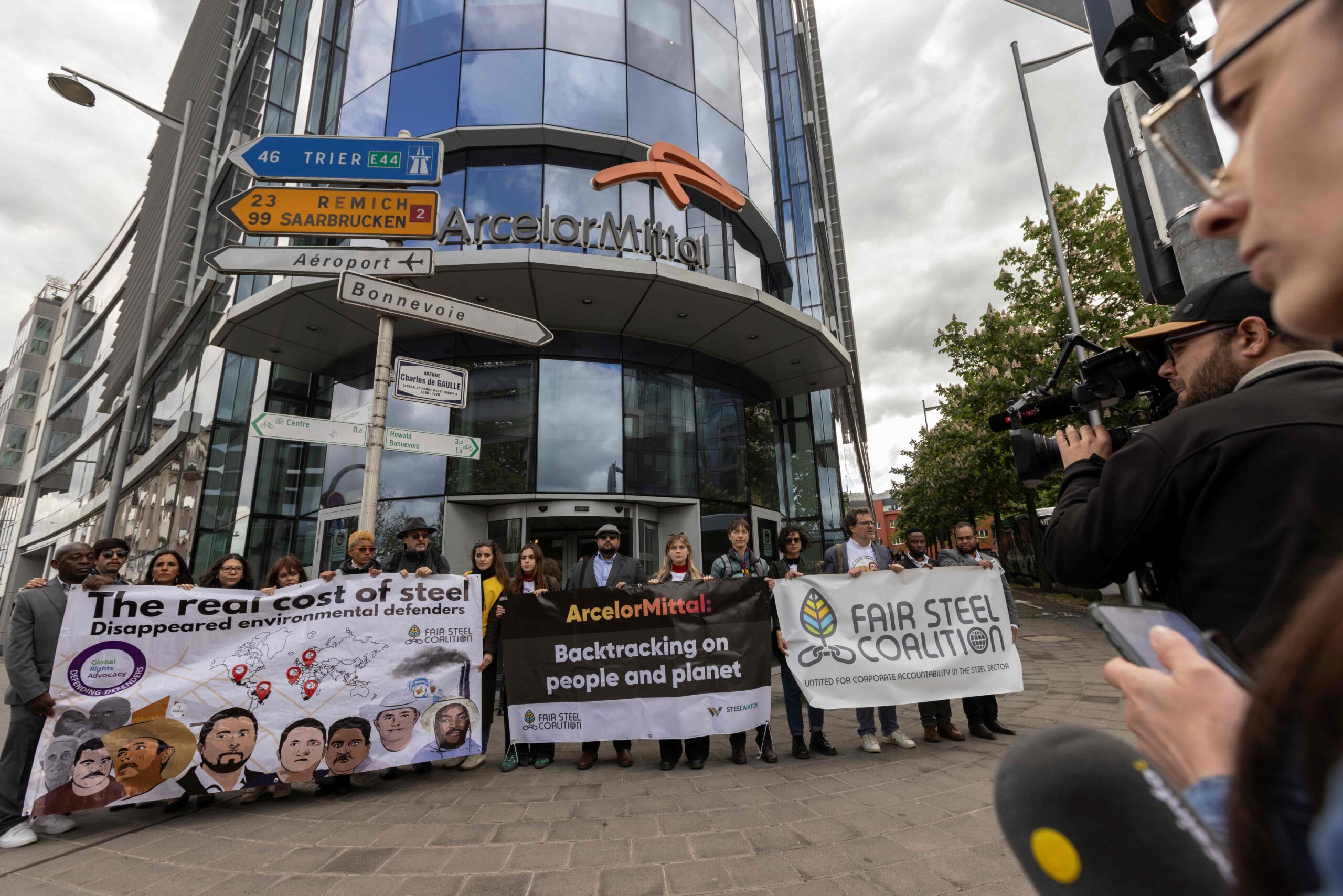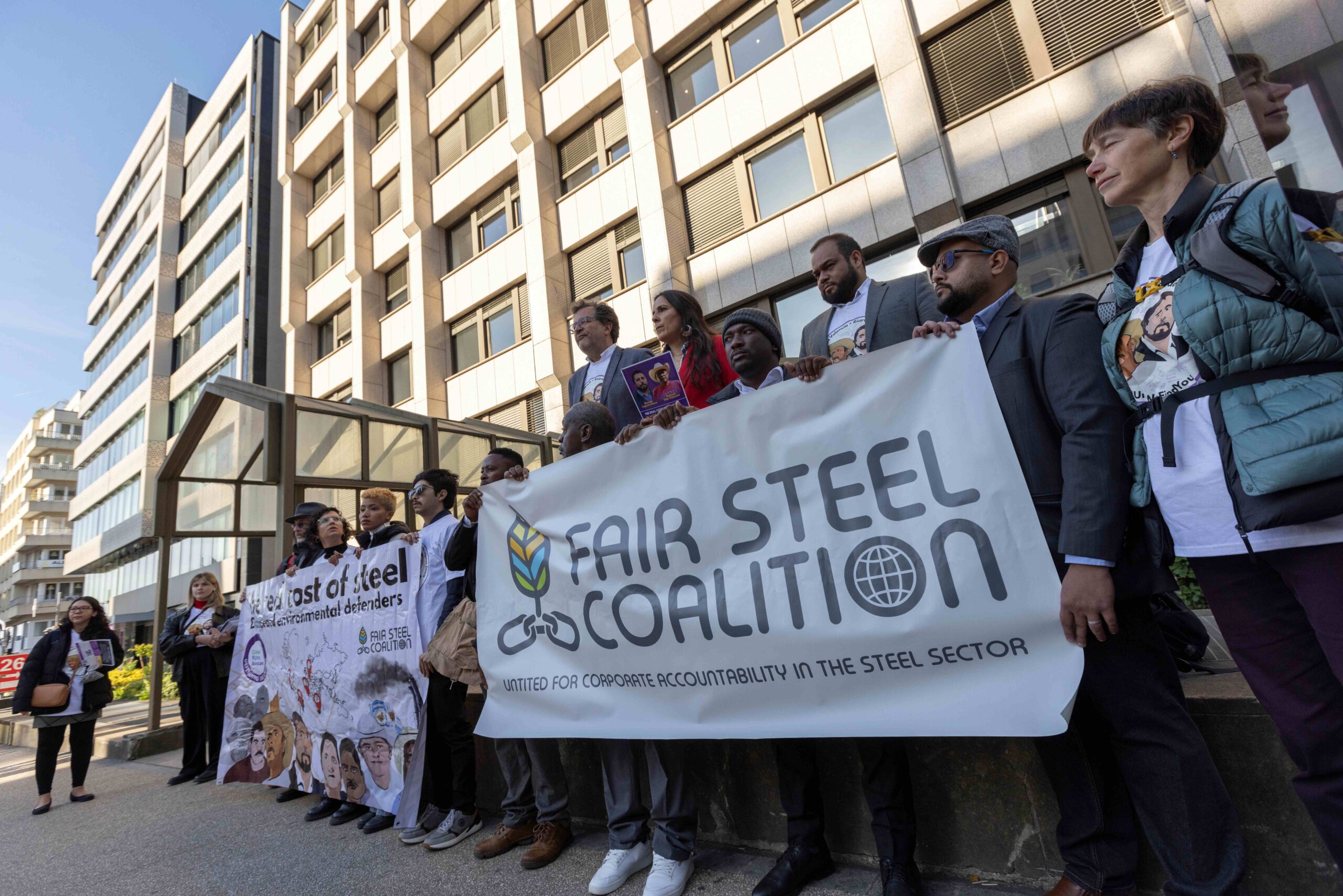






























































Vaux’s swifts during spring migration, Oregon City, Oregon. Photo: Jeffrey St. Clair.
During their spring migration, billions of birds fly from their southern wintering habitats. After the spring breeding season ends and as fall and winter approach in the northern latitudes, they begin the journey to warmer areas—unless they’re hardy, resident birds like cardinals or blue jays. With migration occurring twice a year, birds in urban and suburban regions consistently face multiple threats, including being attacked by cats, collisions with windows, and habitat loss. A deeper understanding of the dangers birds face at various stages of their development can help us protect them.
Hatchlings and Nestlings
During spring migration, birds search for suitable nesting areas, attract and bond with mates, and lay eggs that eventually hatch into young birds. Those first few weeks of weaning and learning to live are critical for baby birds.
During the hatchling stage, which lasts up to three days, parents constantly care for them, ensuring they are fed and kept warm. Hatchlings typically have bald, pink bodies and can quickly perish without adequate warmth.
As nestlings, they are slightly older and still under their parents’ care, but they start to show more defined features. This stage usually lasts between 3 and 13 days. Their beaks and legs become more pronounced, and feathers begin to grow in, usually as soft, downy feathers that can be yellow or white in color.
In either stage, if you find a bird on the ground, it may have fallen from its nest. Try to locate the nest and return the bird to it as quickly as possible. (Touching the bird with your hands will not cause the mother to reject it; that’s just a myth.)
Different bird species nest in various ways. While some build traditional cup-shaped nests, others, such as starlings, use openings or cavities for their nests. Depending on the species, it’s a good idea to also check for openings above you, such as a wall vent, while returning a baby bird to its nest.
I’ve rescued starling nestlings that had fallen from a nest, made in an outdoor apartment building vent, after their mother had not returned, likely because she was killed. I’ve also helped trapped starling juveniles escape from an obstructed, coverless electrical box on a utility pole—both ideal nesting sites for starlings because of their cavity-like structure. In any case, in these types of situations, it’s best to consult your local wildlife rehabilitators for expert advice on locating the nest of a fallen baby bird.
If the nest is too high, an alternative is to create a makeshift nest using materials like plastic containers or baskets with vents. Fill the makeshift nest with natural materials, such as dead leaves, twigs, and grass, and place it as close as possible to the original nest. Avoid using materials like construction paper, cardboard boxes, or anything that absorbs water. Also, secure the nest to prevent it from falling—for example, by using a string—and add twigs or branches extending outside the nest to help the bird exit as it grows.
If the nest is inaccessible or you can’t create a makeshift one, consult a wildlife rehabilitation center or a licensed wildlife rehabilitator for advice. If they instruct you to bring the bird in, do so immediately. In case immediate relocation isn’t possible, remember that hatchlings need supplemental heat.
You can use a heat warmer or a warmed sock of rice (heated in the microwave) by placing a couple of paper towels or sheets on top as a barrier to prevent overheating or burns. Then, lay the bird securely in a sealed, well-ventilated box that is clearly marked, in a location free from disturbances. (More information on how to properly contain a bird is provided below.)
This is only a temporary measure until the bird can be safely relocated. In almost all cases, do not provide food or water to an injured bird, as there is a risk of aspiration and further complications if handled without proper expertise. This caution is especially important for young birds, and similar care should also be taken with adult birds.
Fledglings
Fledgling birds (around 13-14 days old or older) are still under their parents’ care but are becoming semi-independent. They are usually mobile, hopping around and attempting to fly, although they may only flutter at first.
At this stage, they have more feathers but not enough for full flight. In almost every case, their parents are nearby, watching from a distance as the fledglings learn to navigate their surroundings.
Here, the biggest threat to fledglings emerges—cats. In North America, cats are among the top human-related causes of death for wild birds, and fledglings are the easiest targets because they cannot escape quickly. “It’s estimated that cats kill 1.3-4 billion birds each year in the U.S. alone,” according to Cornell Lab of Ornithology. In fact, cats are responsible for “one-third of the 800 U.S. native bird species to be endangered or in significant decline,” stated CBS News in 2023.
If you love feeding birds, watching them, and listening to their sounds, please consider providing your cat with an enriched indoor lifestyle that discourages outdoor wandering. If your cat must go outside, attach a bell to its collar so birds can hear and avoid it. Cats pose a threat to birds at every stage of a bird’s life.
Sometimes, well-intentioned people may accidentally “rescue” a fledgling, mistakenly thinking they are injured due to a lack of flight or being stuck in a precarious location. If you come across a bird and are unsure whether it needs help, consider the time of year. In the spring, for instance, the bird may simply be a grounded fledgling rather than an injured adult. Also, note the location: unless the bird is isolated in an area devoid of structures or vegetation, it likely does not need intervention. Record its condition; If the bird is mobile, hopping, and apprehensive when approached, it’s best to leave it alone.
Remember that the parents are likely nearby, allowing the fledgling to learn how to navigate its environment, avoiding predators, all while stepping in as needed to feed and nurture it. The best way to ensure a wild baby bird reaches its full potential is to leave it with its parents. You can confirm that a fledgling is being cared for by stepping back and monitoring it for a while. The parents will eventually swoop down to attend to the bird and then fly off again.
However, if there are imminent dangers nearby—such as cats, heavy foot traffic, car traffic, or harsh weather—it is acceptable to move the bird to a nearby bush or small tree. If you’re uncertain about the situation, call a wildlife rehabilitation center.
Juveniles
At this stage, juvenile birds in most species are essentially on their own. They’ve learned where to forage and fly and are aware of nearby threats. They still retain a youthful appearance, characterized by large, bright eyes and the occasional remnant of baby feathers. In the case of juvenile pigeons, however, they may remain nest-bound until they eventually take flight on their own. Once birds are capable of flight, they face a new danger from reflective and transparent windows and glass, which can confuse and injure them.
Adults
Migratory adult birds travel hundreds of thousands of miles during migration and breeding season to seek rest and resources for themselves and their young. Many of these birds are migratory, visiting our cities as they search for potential breeding resources while passing through, and are unfamiliar with these places. Meanwhile, native birds, more familiar with the terrain, also migrate and come and go. These birds brave all types of weather and threats and play a critical role in global biodiversity. Without birds, the rest of the world would suffer.
The chirping of birds is music to our ears, but they play a far more crucial role in maintaining balance in nature and are essential to the survival of many species, including humans. Listing out the numerous “ecosystem services” they provide, the National Audubon Society stated, “Birds keep farmers in business. They protect our drinking water by preventing erosion. They slow the spread of disease. They keep the furniture industry supplied with timber. They provide critical environmental data. The list continues ad infinitum.”

Audubon’s warbler, fall migration, French Prairie, Oregon. Photo: Jeffrey St. Clair.
How Windows Are a Threat to Birds
Despite the services provided by birds, humans and their indiscriminate anthropogenic activities pose a significant threat to bird survival, especially with windows due to their reflective and transparent surfaces. Surprisingly, it is residential areas, not commercial ones, that account for most of these collisions. When confronted with glass, birds often fail to realize that a solid barrier separates them from their intended destination.
Reflective glass specifically will showcase the landscape behind the bird—a blue sky, trees, or another inviting scene. When birds see these mirages of accessible space, whether it exists ahead of them or behind, they fly toward the glass at full speed. In a collision, their beaks strike the glass, often resulting in immediate injury and, many times, death. Internal bleeding may occur due to damage to internal structures in the skull, and concussions are virtually inevitable.
Depending on the bird’s size and speed, other body parts, such as its wings, may also be injured, causing it to fall. Unfortunately, this fall can be fatal, especially if the collision itself is severe or if the bird lands on a hard surface. On the ground, the bird is more vulnerable than ever to threats like being stepped on, run over, or preyed on.
A 2014 study by the U.S. Fish and Wildlife Service and the Smithsonian Institution on the number of bird deaths due to glass collision revealed that such accidents “likely kill between 365 million and 1 billion birds annually in the United States, with a median estimate of 599 million,” stated the American Bird Conservancy.
Most of the time, a bird hits a window and bounces off it with no significant injuries. However, since the bird has been flying at 15 to 20 miles per hour, it will likely have more than just a headache.
“Birds [who] are stunned by window collisions often are in treatment for at least a day before dying, demonstrating the gradual lethality of window collisions. Unseen injuries such as bruising, eye ulcers, and fractures prevent them from continuing their annual migratory journeys,” according to a 2024 American Bird Conservancy article.
Migration seasons are when we see the most window strikes. If you come across an injured adult bird on the ground, assume it is wounded and quickly place it in a box (brown paper bags work well for quick transport to a rehabilitation center). Ensure that the box is sealed (to prevent escape), ventilated (to allow breathing), and clearly marked (to avoid it being mistaken for trash). Leaving the bird in an unprotected box outside makes it vulnerable to further threats like weather exposure, predation, and accidental abuse.
Bring the bird inside your workplace or home and keep it in a warm, dark, and quiet location—away from disturbances such as children, pets, and loud noises. This minimizes bright light exposure that could aggravate concussion symptoms, conserves its energy by keeping its metabolism low, and reduces stress (which can be fatal for both wild and domestic birds). It’s essential not to offer food or water, as an injured bird might aspirate them, which can complicate its condition and treatment.
After securing the bird, call your local wildlife rehabilitation center. Resources like Animal Help Now and the Ohio Wildlife Rehabilitators Association can help you locate one nearby.
Another excellent resource for information on protecting birds from collisions at home is the consumer guide produced by the Ornithology Center, the outreach arm of the Acopian Center for Ornithology at Muhlenberg College.
When contacting a rehabilitation organization or individual, explain precisely what happened, describe the bird, and detail what you have done so far. If the incident occurs during the fall migration season, the rehab center might recognize it as a typical window collision injury. In the spring, however, they may need to ensure the bird is not a fledgling mistakenly “kidnapped” from its nesting area before advising you on further steps.
It is essential never to re-release a bird that has suffered a window collision until a certified expert has treated it. Even if it seems fine or starts flapping about in the box, untreated injuries such as internal bleeding or concussions can become life-threatening once the bird is released.
But reality is harsh. Even if all the correct steps are taken in bringing this bird inside and to a rehab, a large percentage of injured birds brought into expert care simply cannot be saved, no matter how compassionate and effective the staff is. The old saying, “an ounce of prevention is worth a pound of cure,” holds in these cases.
How You Can Help Birds
“The most likely reason that you may have found a stunned bird is that it has hit a window, either in a home or in some other type of building. Many people think that pesticides or vehicle collisions are the most significant risks that birds face; that is not the case. The greatest dangers to birds are bird window collisions and uncontrolled cats. Each causes 1 to 2 billion bird deaths per year,” says Jim Cubie, consultant to the Muhlenberg College Center for Ornithology, where he advises on bird safety and native plants. According to him, at least 70 percent of birds who hit a window die, even if they are brought to a rehabilitation center.
Preventing window collisions is the key. Using effective deterrents and products can break up the reflective surface of glass, alerting birds to the barrier. Applying decals or dots in a 2-inch by 2-inch grid outside windows can be very effective.
“Scientifically validated bird window collision systems are 95 percent effective, affordable, and easy to install. Putting a bell on cats can cut avian mortality by about 50 percent. There are all sorts of things out there claiming that they can prevent bird window collisions, and many of them are just flat misleading advertising. Don’t listen to a friend who says they have installed decals and haven’t had a bird strike. Unless decals are correctly installed, they are ineffective,” Cubie added.
Just as important is mitigating the effects of lights during migration season. Turning off lights as early as possible, especially during this time of the year, is essential. Lights can confuse migrating birds and disrupt their migration paths, causing them to land too early, crash into glass, or become disoriented, which prevents them from reaching their breeding destinations successfully. More information on how to help birds is available on the American Bird Conservancy website.
Cats and windows are deadly for birds, but habitat destruction is the biggest threat to wild birds globally. The never-ending urbanization of natural areas and the expansion of suburban sprawl are especially problematic in the United States. Additionally, society’s focus on manicured lawns and bird feeders rather than naturalized areas with native, bird-friendly forbs and grasses deprives birds of vital food and shelter.
Do your part to prevent biodiversity loss by incorporating native vegetation that sustains your local wild bird population. Consider leaving leaves on the ground in the fall, and be mindful of where you trim in the spring. Bird-proof your windows and keep your cats entertained indoors.
Join local conservation groups and initiatives. For example, you might participate in your local environmental advisory council to promote bird-safe ventures and practices in your community, especially with support from organizations like Bird Town Pennsylvania, if you live in the state. You can also help monitor and transport window collision victims with groups like Bird Safe Philly, or lend a hand remotely with organizations like the NYC Bird Alliance.
If you’re using feeders and baths, refresh them daily and clean them weekly to minimize the spread of bacteria among birds. Read up on bird behavior, their challenges, and the latest conservation science to better understand what more you can do to help.
An earlier version of this article was published by OneBeautifulPlanet.org. This adaptation was produced for the Observatory by Earth | Food | Life, a project of the Independent Media Institute.
The post How to Help Wild Birds During Their Spring and Fall Migrations appeared first on CounterPunch.org.
This post was originally published on CounterPunch.org.






